Microsoft's KIN: A Eulogy
by Brian Klug on July 13, 2010 3:42 PM EST- Posted in
- Smartphones
- Microsoft
- KIN
- Mobile
The user interaction paradigm that I found the most impressive with the KIN - if you're going to choose something to read into which the platform executed flawlessly - is how photos are handled. You can take - in theory - infinitely many photos, and never run out of space on the device. When you take a photo, it's stored in local storage in full resolution until a sync occurs, or for a few days.
When that sync finally happens, say overnight or during idle time, the photo gets uploaded to the KIN Studio entirely over the air, and the local copy is then replaced with a slightly higher than display resolution copy. It's still in the photo library on the device, but whenever you view it from now on, the KIN streams in the photo in completely over the air if you zoom in.
It happens fast, and the result is that you can take photos indefinitely. That's impressive.
The first time I encountered this feature, I was confused and initially thought the KIN had deleted my photos. I was connected to the desktop using the Zune software, trying to get copies of the test images I had taken with the camera, and saw there were only four photos on the phone. After nearly two hours of shooting test photos, I thought I had been soundly defeated, and began gnashing my teeth in consternation. I suspected a glitch - I could view the photos on the device just fine, but they were nowhere to be found in the correct directory. What the heck?
Then it occurred to me. I realized they were deliberately backed up to the cloud, waiting for me. I was viewing copies of the photos right off the cloud on the device. Sure enough, I checked the KIN studio, and the full resolution photos were there, waiting to be downloaded in full resolution or uploaded to Facebook without ever touching my computer. That's right, you can dump gobs of photos onto Facebook without having them ever touch your bandwidth - it's that kind of cloud to cloud connection where the future lies.
Interestingly enough, it's probably likely that the sheer amount of upload bandwidth the KIN used uploading all your photos and videos led to Verizon mandating smartphone data plans. Depending how many photos you take, uploading all of that to the cloud definitely consumes gobs of data.
In that same interface, you can view photo geotagging data on a big Bing map. It's similar to the places view inside the photos app on the iPhone, except with high resolution thumbnails and natively on the web.
The KIN spot is also in the Studio, though admittedly it doesn't make as much sense on the web as it does on the device.
But it's useful for uploading lots of photos en-masse to Facebook without having them ever come close to using your bandwidth. As I noted, the transaction takes place from Microsoft's cloud to Facebook's. Unfortunately, downloading lots of your photos locally is a bit laborious. Even for the example shots I had taken for this article, it was at times a frustratingly slow matter, requiring you to visit each photo, click more, click download, and then wait for it to complete before moving on to the next one. The studio desperately needs batch operations for deletion, downloading native resolution copies, and perhaps some more speed tweaks. The recent Silverlight update for OS X improved speed on that platform considerably, but even on my Windows 7 desktop, it felt a bit slow.
The other notable KIN Studio functionality is backups - wipe your a device, login with the same Windows Live account, and everything is restored. Similarly, lose your device while swaggering home, buy a new one, and you'll instantly have everything restored over the air. Android is drawing close to doing the same thing - use a google account and every time you get a new device or replacement, applications will automatically install alongside contacts, emails, and calendars - but photos, application data, and other media are still gone forever. The KIN neglects to give music the same treatment, but it's clear given rumblings over Google and Apple both brewing their own cloud music platforms that this is next.
The real war being waged here isn't over just what brand of mobile device you're carrying around, but what services you're using up in the cloud - and as a consequence, who has your data. If you subscribe to Android, you're tightly tied into Google's suite of services and will probably use Google Sync. Choose Apple, and like it or not, you're up in the iTunes purchase cloud, possibly Mobile Me, and even more in the future when iTunes' cloud rolls around. Microsoft is also vying for that data, and at the same time hopes to hook you into the other suite of services - Xbox, Zune, and Live. Tying you into a specific camp of cloud services - and keeping you there - is what this is about, and Microsoft is still in a good position to roll the cloud integration IP from Danger into Windows Phone 7.
If you can, think back to the Sidekicks and how tightly they integrated with the cloud. Eight years later, it's intriguing that the Sidekicks were massively cloud focused devices before the phrase was even mainstream. They backed virtually all their data up to Danger's servers, including contacts, notes, calendars, photos, to-do lists, and messages. True to form, Danger's lasting impression on Windows Phone is a hugely cloud integrated experience.
Of course, the downside to this approach is that sometimes the cloud itself is the weak link. Look no further than the all too recent Sidekick data loss that happened in October of 2009.


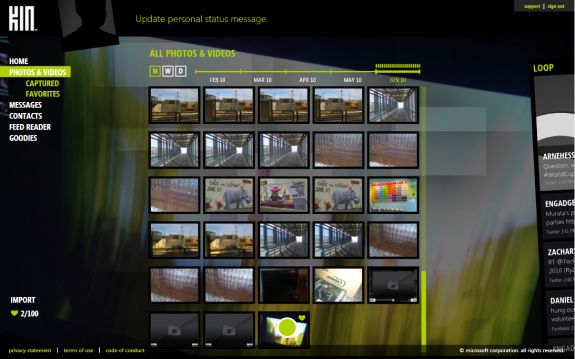
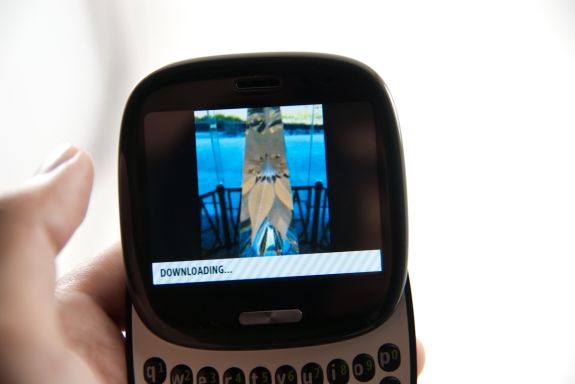
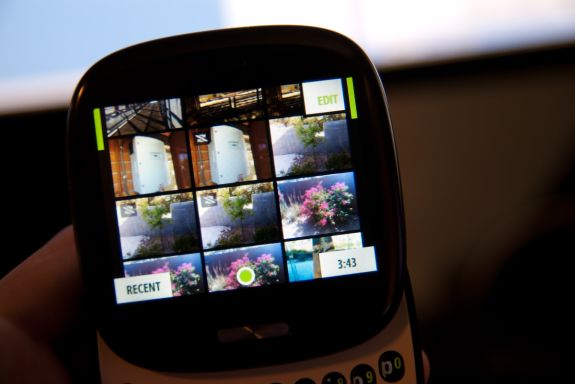

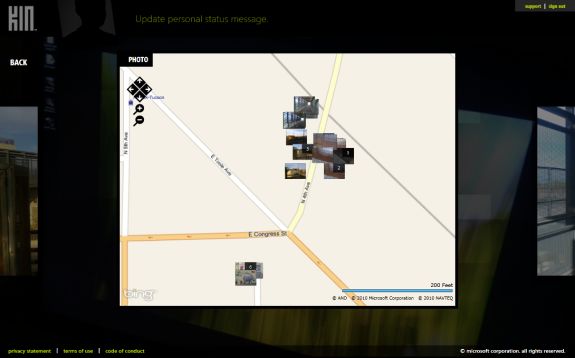

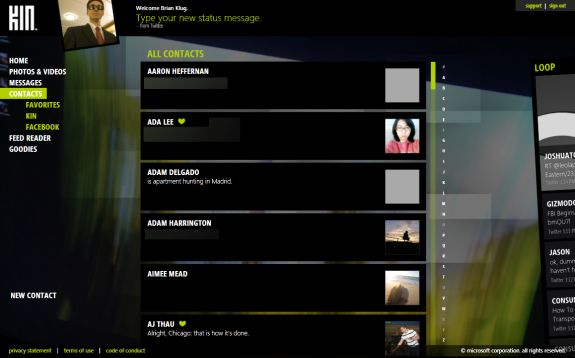
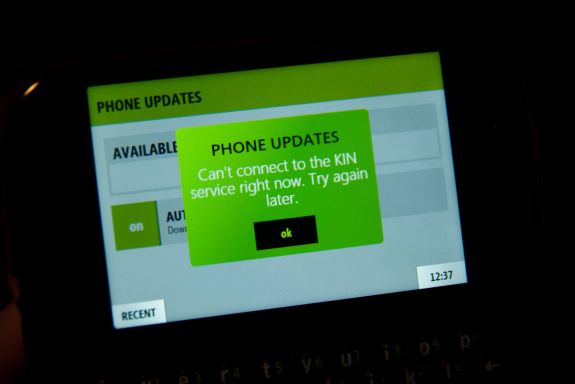








60 Comments
View All Comments
Brentcsi101 - Tuesday, July 13, 2010 - link
someone saying "Droid X" anyone?? But come on... between Android and iOS, there is nothing right now that can compete with them.Diesel Donkey - Tuesday, July 13, 2010 - link
You must have never used a Palm Pre or Pixi.mrjminer - Tuesday, July 13, 2010 - link
Yea, I was going to get a Palm Pre... but the cost of the required plan was far more than what I'm willing to spend for a cell phone. I ended up going on Craigslist and getting someone to transfer their SERO plan over to me for $75. Can't really beat $35 a month (after taxes) for 450 minutes, unlimited texting, and unlimited data -- I can deal with using a Palm Treo Pro in the meantime.As for the Kin, I really like the form factor of the smaller one. However, it will be tough to decide between WebOS and Windows 7 Mobile, assuming HP actually continues development on WebOS.
Stuka87 - Wednesday, July 14, 2010 - link
Why would anybody buy a phone from a company that no longer exist?mrjminer - Thursday, July 15, 2010 - link
..... "assuming HP actually continues development on WebOS."inspire - Friday, July 16, 2010 - link
Palm exists today just as much as Mobil does.mcnabney - Wednesday, July 14, 2010 - link
The WebOS devices have fallen into the same category as the Kin. A nice try, but too little and too late. If the Pre had come out on schedule (two years ago!) they would have kept in the race and likely not have been acquired by HP.aebiv - Tuesday, July 13, 2010 - link
Amazing how everyone is so quick to forget the most flexible and powerful mobile OS, Windows Mobile. Yes, Android comes close, but the roadmap for 3.0 doesn't look good locking down the UI more. Battery life? Why is it my HD2 with a smaller battery gets better battery life than the EVO? They're virtually the same phone hardware wise, just a difference in mobile OS.sprockkets - Tuesday, July 13, 2010 - link
"Amazing how everyone is so quick to forget the most flexible and powerful mobile OS, Windows Mobile."We forgot about it when the iphone and even others at the time made us realize how horrible it was to use.
Only thing keeping WM alive before ver 7 is HTC and their skin.
aebiv - Wednesday, July 14, 2010 - link
Horrible it was to use?How was it horrible?
Quit making generalizations and give some points.